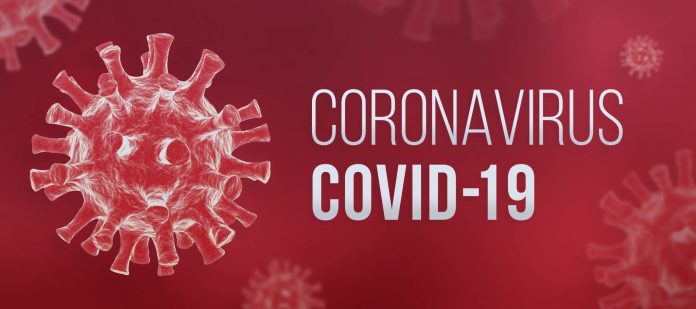The crisis we face with the COVID pandemic must provide us with lessons to avoid making the same mistakes again. This is because, in an increasingly globalised world, sadly this will not be the last pandemic. Once the initial phase of health alerts has been overcome, and without any lack of regret for the massive loss of human lives, it will be time to loosen the economic and social paralysis.
In many countries, like Spain, the population is already clamouring for the authorities to carry out the necessary analysis to differentiate between the sick and the unhealthy population. This is critical in order to revive our economies and put a halt to already catastrophic job losses.
While some are throwing the baby out with the bathwater in regard to the viability of Polymerase Chain Reaction (PCR) or rapid tests, urgent measures are needed to get people out of a confinement that is becoming unbearable for their mental and physical health and financial independence.

IoT technology can play a very timely role in getting the public back on the streets in relative safety. The connection between the physical and the digital world is more necessary now than ever to analyse the real world with objective data and use those parameters to trigger alarms or establish coherent actions.
Below are three real use cases for IoT applications that could be vital in the return to what everyone now calls the “new normality” in terms of health, business and the social world.
Healthcare
In the health field, the sanitary services have to return to their normal activity: primary care consultations, visits to specialists, follow-up of chronically ill patients and postponed operations. Are we going to return to the hospitals and health centres that were already overcrowded and filling the waiting rooms before the pandemic? The answer is no, not if we can avoid it. Any remote health monitoring solution would streamline services and prevent people from wandering into health spaces unnecessarily.
Measurement tools can be used by patients to monitor their health parameters and these can then be shared remotely with healthcare providers. This pandemic has shown that remote medical attention for primary care is possible, and the potential exists for healthcare providers to extend this capability and improve the efficiency of the system for all patients.
Work environments
The second scenario relates to our working practices, both public and private. Imagine that you are lucky enough to be able to physically return to your job. You are now back to sharing closed spaces, meeting rooms, dining rooms, classrooms, toilets and other amenities with people in your organization. This is when it becomes more necessary than ever to know if the workers and people who enter our workspaces are unwell.
There may be some who have overcome the illness, others who are asymptomatic but, without a doubt, in the absence of reliable medical evidence, a fever is one of the unmistakable symptoms of this or other infections. How much would the expansion of the virus have been slowed down if passenger screening systems had been installed in airports, train stations and public facilities?
By integrating infrared sensors to detect body temperature levels at the access points to public areas, it would be possible to alleviate confinement and re-open borders. In the event of another outbreak, airports and transport stations could quickly and efficiently limit the free movement of people with the potential for contagion.
Social, commercial and cultural
Finally, IoT technology can be applied to the recovery of social, commercial and cultural activity. Faced with the laxity, in some countries, of the application of social distancing measures, there is a clear need for commercial and cultural spaces to provide customers with the security and reassurance that they will not be at risk of contagion. Shoppers going to a supermarket, a shopping centre or even a restaurant, will prefer to visit those that respect the recommended distances and user capacity. IoT sensors can enable shops to monitor, in real-time, the movements of these shoppers in their premises to ensure that their establishment does not need to put an employee at a cash desk at each door.
The technology for detecting people and even vehicle traffic by scanning mobile devices can be a helpful tool for this without the impact on privacy that comes with surveillance cameras. This could be of use to security forces needing to quickly establish controls if an outbreak were to occur.
We are moving towards a different reality and we must provide our businesses, cities and citizens with the technology that can allow them to continue with their lives. IoT can provide solutions for businesses, the authorities and the public to do so in a way that reduces risk immediately and delivers a way of life that we can all recognise as being very close to “normal”.
Alicia Asín co-founded Libelium in 2006 with David Gascón and has been its CEO since the beginning. She is focused on how IoT is becoming the next tech revolution, starting with smart cities. She is a frequent speaker at international conferences on issues related to smart cities, wireless sensor networks and IoT. She is a computer engineer by the University of Zaragoza and graduated by ESADE Business School. She is also the first woman to receive the National Young Entrepreneur at the 2014 meeting of the Spanish Confederation of Young Entrepreneurs (CEAJE).

